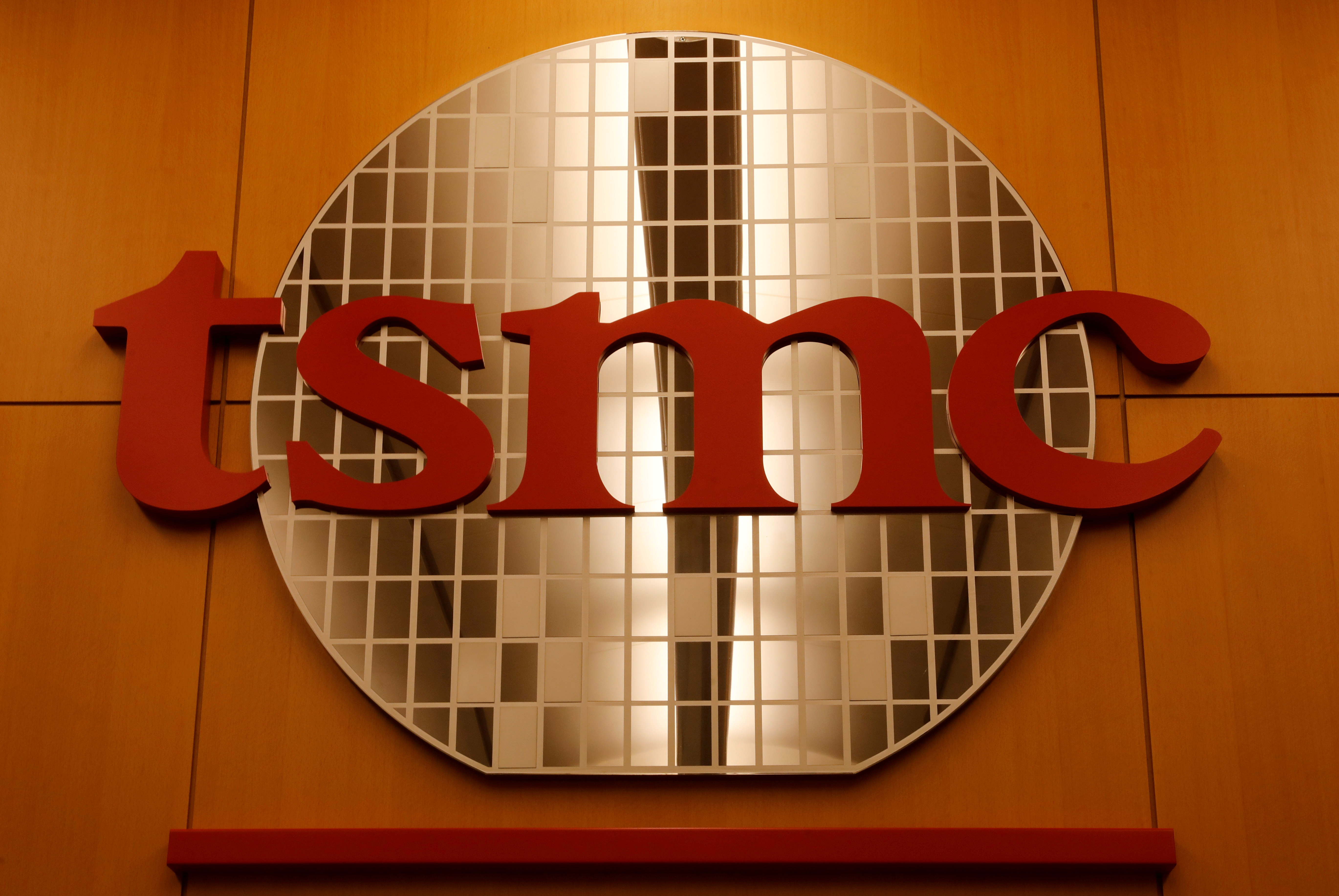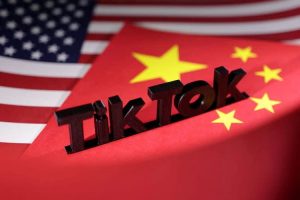(ATF) TAIPEI: After more than a year of drumroll, the world’s biggest chipmaker, Taiwan Semiconductor Manufacturing Co, must totally stop selling semiconductors to the embattled Chinese tech hardware giant Huawei Technologies, if it wants to retain valuable business ties with American companies such as Apple.
That’s the upshot of US rules that took effect last Wednesday, September 15.
But the resilient Taiwanese firm, better known as TSMC, has also been a darling of the stock market this year, and is forecast to absorb this shock.
The ban – affecting any company that does business with Huawei, which Washington believes has acted illegally and on behalf of the Chinese government – could cut 10-14% off TSMC’s orders, analysts believe.
“Now it’s almost the worst case, that TSMC has already stopped producing or shipping any chips to Huawei on September 15,” Brady Wang, an analyst with Counterpoint Research in Taiwan, said.
But the manufacturer, with some of the world’s most advanced semiconductor technology, can pick up enough other business to offset previous orders from Huawei and its affiliates, analysts believe.
“This is the inevitable situation TSMC will have to face,” Kent Chong, managing director of PwC Legal in Taipei, said. “They realise this is a loss they will have to sustain given the degree of enforcement.”
The 33-year-old chipmaker will follow the US order so it can keep selling chips to American clients without a threat to its licenses, experts believe. TSMC needs to continue sourcing raw materials and circuit designs from the United States as well, Chong said.
TSMC figured it would eventually need to retrench, Chong added. Last year, the US Department of Commerce had put Huawei on its Entity List of companies barred from doing business with any organisation in the United States. And in May this year, the department’s Bureau of Industry and Security said that Huawei’s acquisition of semiconductors “that are the direct product of certain US software and technology” were forbidden, as noted on the department’s website.
An August 17 order – the one effective September 15 – adds 38 Huawei affiliates to the Entity List and restricts transactions where US software or technology “is the basis for a foreign-produced item” used to build gear for the Chinese tech giant.
Analysts expect the US government to enforce these rules strictly, barring any chance for TSMC to work with Huawei through third parties.
Huawei probably had no business with TSMC by May 2020, down from 10% before Huawei’s issues with the United States bubbled up, Yao Tse-yong, a former buy-side analyst who follows the chipmaker, said.
Counterpoint estimates that the share of revenue that TSMC earned from Huawei rose from 6.8% in 2016 to 14.5% last year. Orders from Huawei-owned fabless semiconductor company HiSilicon for smartphone chips and chips for Huawei’s 5G infrastructure drove that increase, Wang said.
TSMC will offset its business with Huawei by holding onto orders from Apple, among other clients, analysts forecast.
“Although industry observers worry that the loss of Huawei as a customer will lead to TSMC’s losing revenue, this shortfall is partially offset by Apple’s wafer input orders for TSMC’s 5-nanometer process, in addition to bookings by other clients,” said Tseng Guan-wei, an analyst with Taipei-based tech market research firm TrendForce. Five-nanometer refers to a relatively advanced manufacturing process that turns out fast-running, low-power chips.
TSMC may pick up more orders from American microprocessor firm AMD, Yao said. Short lead-time orders from AMD as well graphics processing unit vendor Nvidia gave TSMC “relatively strong results compared to other foundries” in the first half of 2020, Taipei-based DigiTimes news website reported.
“It’s not a problem for TSMC, since there is plenty of demand to reallocate that capacity, most likely filling more AMD demand,” Yao said.
Factory expansion
TSMC’s expansion of a factory in the Southern Taiwan Science Park is going ahead on schedule, indicating “confidence in its strategies”, Tseng said. “We believe that the loss of Huawei as a client on September 15 will not have too much of an impact on TSMC’s operations going forward,” he added.
The chipmaker posted revenue of $10.38 billion in the second quarter with forecasts of $11.2 billion to $11.5 billion for the third.
It ranked first among chipmakers in first-quarter revenue, TrendForce says. The research firm attributed TSMC’s income at the time to orders for 5G wireless technology, the internet of things and automotive electronics.
TSMC declined to comment for this report, citing policy of not disclosing the “business details of individual customers.”
But the loss of Huawei may add up to more than expected, some analysts believe.
“The US export restrictions on Huawei, once enacted, may dent its earnings prospects further,” Peter Chan, a technology research director at CIMB Investment Bank, said.
























